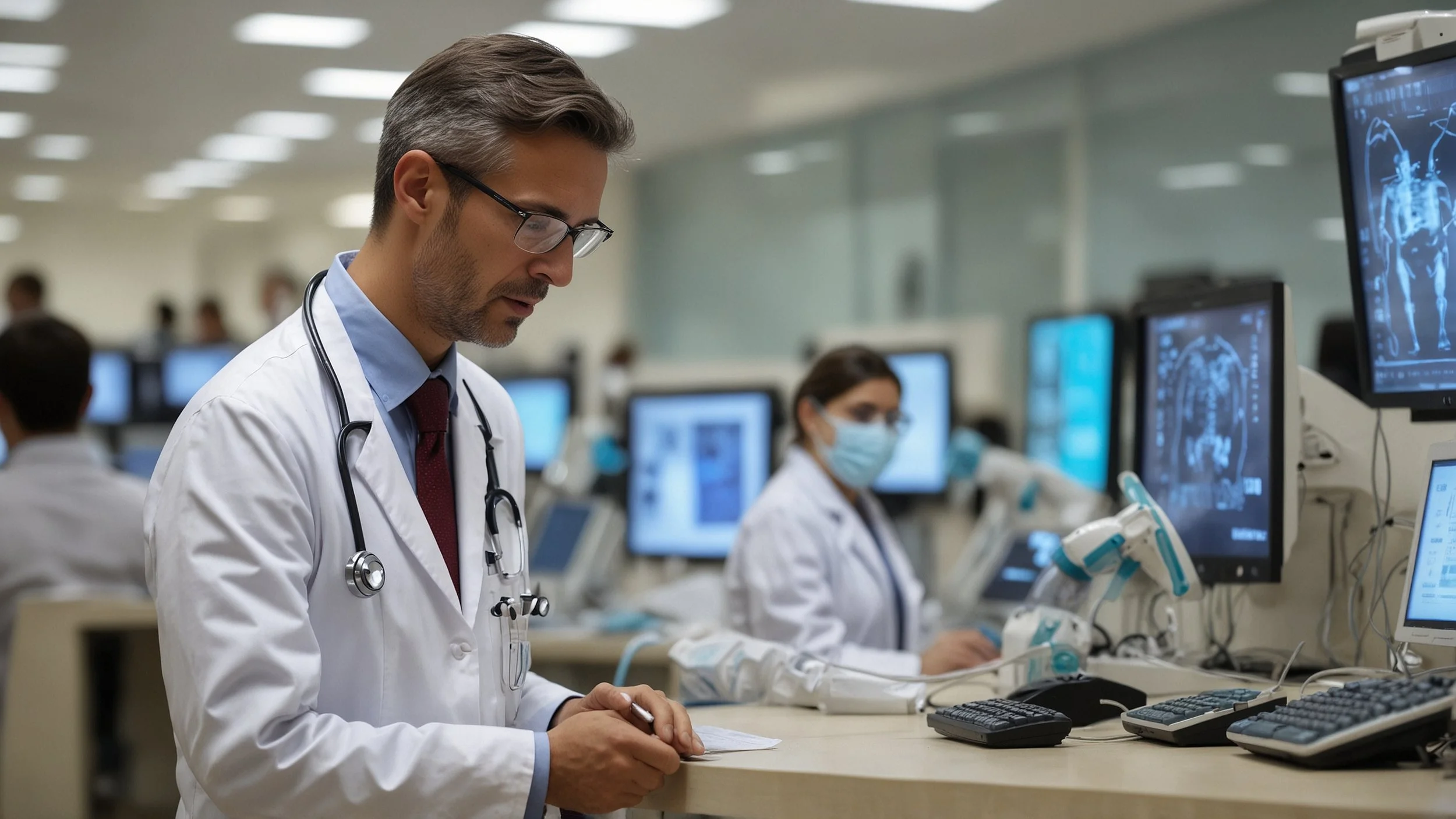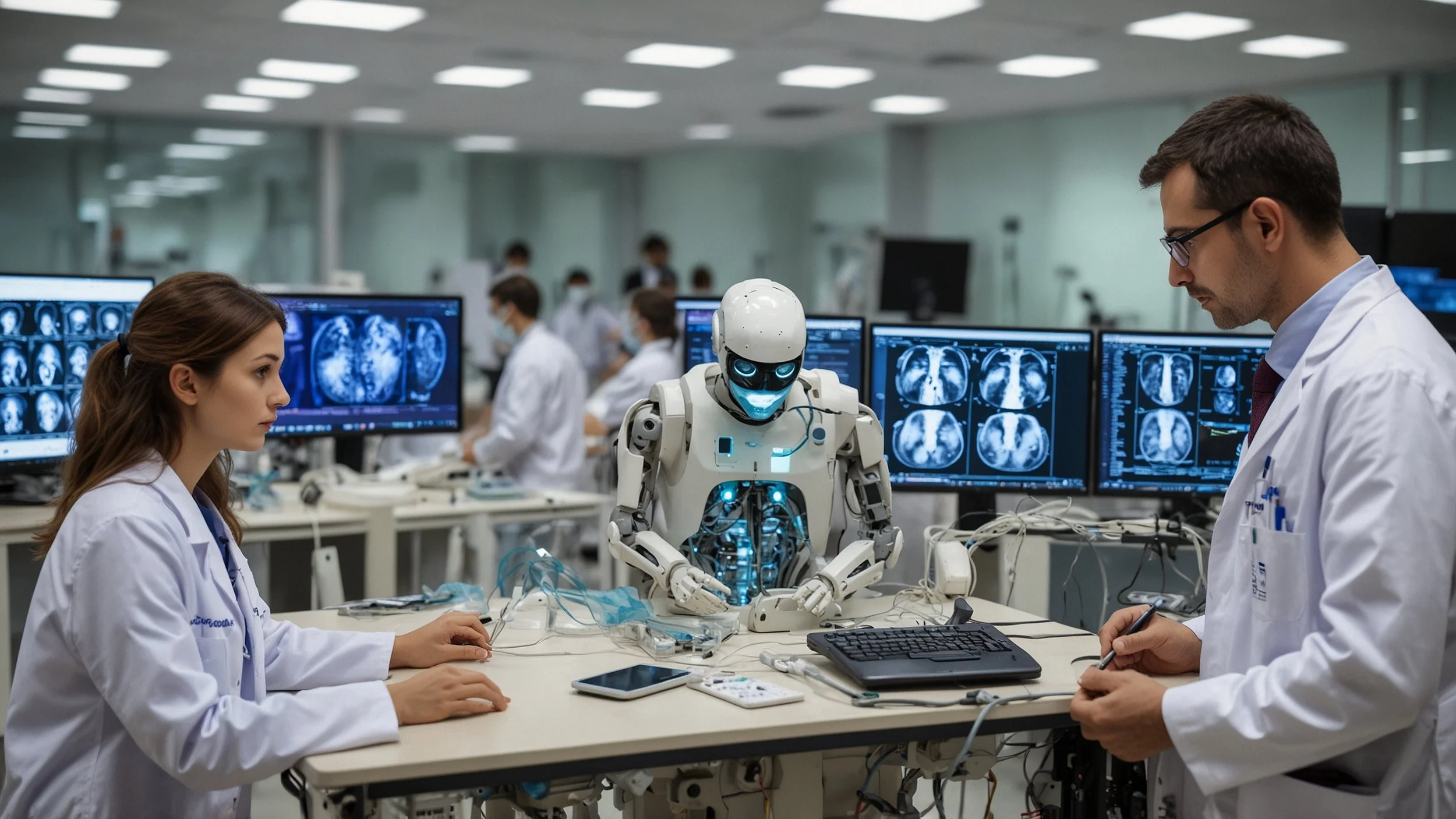The silent revolution in hospital systems monitoring
Robotic process automation (RPA) is transforming the medical sector from an unconventional perspective: hospital electronic systems. This advanced technology does not directly intervene in operating rooms, but focuses on improving the accuracy and efficiency of clinical record management, optimizing the experience for both physicians and patients. The integration of these intelligent tools promises to revolutionize hospital operations and raise the standards of care through careful and proactive monitoring.
Pioneering implementation of bots in university hospitals
In South Korea, a university hospital adopted RPA bots that simulate user interaction with its electronic medical system to detect real failures that escape traditional techniques. For three years, these virtual agents reproduced common clinical processes and reported anomalies with high accuracy, improving diagnosis and response to potential system errors. This innovative initiative redefines the use of digital technologies to optimize internal hospital operations.
Benefits of automated monitoring and early warning
The implementation of automation in the medical system made it possible to identify persistent delays that, although experienced by healthcare personnel, had not previously been detected by traditional technical measurements. This innovation transformed the way hospital processes were managed, improving efficiency and service quality.
The automated bots were run three times a day, performing constant monitoring that facilitated early detection of incidents not visible in conventional evaluations.
The alerts generated were tailored to the severity of each situation, automatically sent by email or text message to ensure a timely response.
Thanks to this immediate notification, medical teams could react quickly, focusing their efforts on solving real system problems and optimizing system performance.
As a result, waiting times for patients were significantly reduced and the occurrence of administrative errors affecting the quality of service was minimized.
This proactive approach enabled the organization to improve the overall performance of the system, ensuring a more agile and efficient service.
RPA as a preventive mechanism in system upgrades
Intelligent monitoring in hospital systems acts as an early warning mechanism, similar to the historical role of the canary in the mine, by identifying faults that may arise after upgrades or external integrations to the system. This technology uses bots that replicate real clinical scenarios, allowing problems to be detected before they affect normal operation and user experience.
Early failure detection: Intelligent monitoring analyzes system changes following upgrades to quickly identify any anomalies that could impact hospital operation.
Simulation with bots in real clinical scenarios: These virtual robots reproduce common and complex clinical situations, helping to validate that the system works correctly under real conditions.
Continuous improvement based on objective data: The information gathered is used to complement and correct technical perceptions, avoiding errors arising from subjective impressions.
Collaborative and preventive approach: Monitoring involves different actors in the hospital environment, encouraging cooperation to anticipate problems and improve digital security.
Ensuring a safer and more effective digital environment: This approach reduces risk, increases system reliability and improves the quality of care provided to patients.
The advanced application of RPA bots in hospitals redefines monitoring, focusing on real user perception to ensure a reliable digital system. Although it does not replace clinical functions, it significantly improves the safety and efficiency of internal processes. Its expansion could transform medical technology management, marking a profound change in the quality and safety of hospital care.






